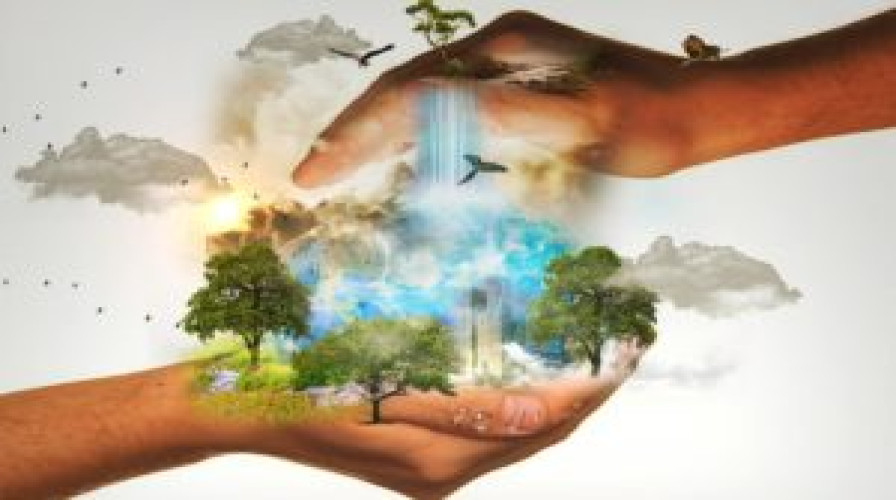In the intricate web of life that blankets our planet, conservation and preservation play pivotal roles in ensuring the survival of diverse ecosystems and wildlife species. This article delves into the critical importance of these efforts, the challenges faced, and the strategies employed to safeguard our natural heritage.
The Importance of Conservation and Preservation

Biodiversity Preservation: Earth's biodiversity is a testament to millions of years of evolution, resulting in an array of species finely adapted to their environments. Conservation efforts aim to maintain this diversity, recognizing each species as a crucial component of the ecosystem.
Ecosystem Stability: Healthy ecosystems provide essential services such as pollination, water purification, and carbon sequestration. Conservation helps maintain the balance of these services, ensuring the resilience of ecosystems against environmental changes.
Cultural and Ecological Value: Nature and wildlife hold deep cultural significance for societies worldwide. Indigenous communities, in particular, often have profound connections to their natural surroundings, relying on them for sustenance and spiritual nourishment.
Economic Benefits: Wildlife tourism, sustainable harvesting of natural resources, and bioprospecting are examples of how conservation can generate economic benefits while ensuring the long-term viability of ecosystems.
Challenges in Conservation and Preservation
Despite the undeniable benefits, conservation faces formidable challenges:
Habitat Loss: Human activities such as deforestation, urbanization, and agricultural expansion continue to encroach upon natural habitats, fragmenting ecosystems and displacing wildlife.
Climate Change: Rising temperatures, altered precipitation patterns, and extreme weather events threaten the survival of many species, necessitating adaptive conservation strategies.
Illegal Wildlife Trade: Poaching and trafficking of endangered species for their parts and products remain a significant threat, driven by demand in traditional medicine, exotic pets, and luxury goods.
Human-Wildlife Conflict: As human populations expand, conflicts arise over resources, leading to retaliatory killings of wildlife and habitat degradation.
Strategies for Conservation and Preservation

In response to these challenges, conservationists employ a variety of strategies:
- Protected Areas: Establishing and effectively managing protected areas such as national parks, wildlife reserves, and marine sanctuaries to conserve biodiversity and provide safe havens for wildlife.
- Habitat Restoration: Rehabilitating degraded habitats through reforestation, wetland restoration, and sustainable land-use practices to enhance ecosystem function and resilience.
- Community Engagement: Collaborating with local communities to promote sustainable livelihoods, conservation education, and participatory decision-making in natural resource management.
- Policy Advocacy: Advocating for stronger environmental laws, international agreements, and enforcement mechanisms to combat illegal wildlife trade and protect critical habitats.
- Technological Innovation: Harnessing technological advancements such as satellite tracking, DNA analysis, and remote sensing to monitor wildlife populations, track poaching activities, and inform conservation strategies.
- Conclusion
- Conservation and preservation efforts are integral to safeguarding Earth's biodiversity and ensuring the continued existence of wildlife for future generations. By addressing the root causes of biodiversity loss, fostering sustainable practices, and engaging communities and governments in conservation efforts, we can mitigate the impacts of human activities and climate change on our natural world. Each individual has a role to play—from supporting conservation organizations to advocating for environmental stewardship—in protecting nature and wildlife and preserving the irreplaceable diversity of life on Earth. Together, we can build a future where humanity coexists harmoniously with nature, cherishing and protecting our shared planet.











